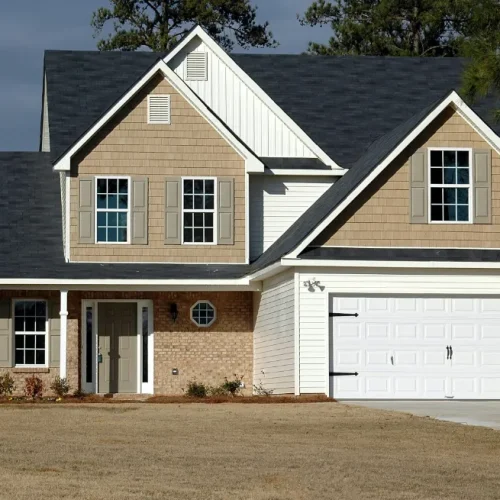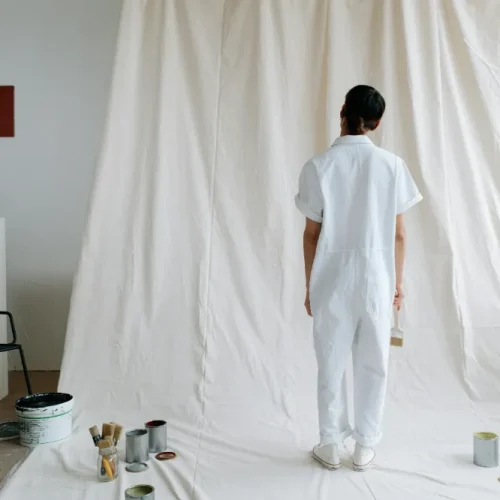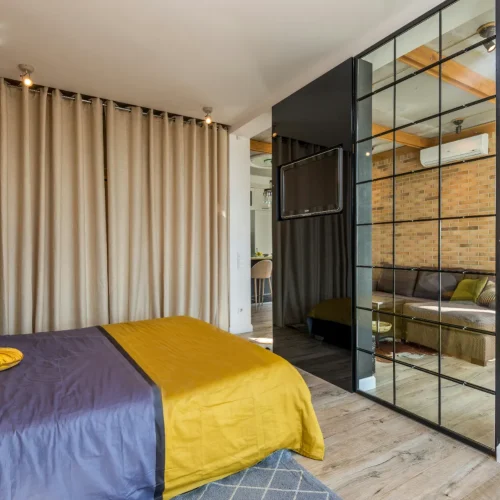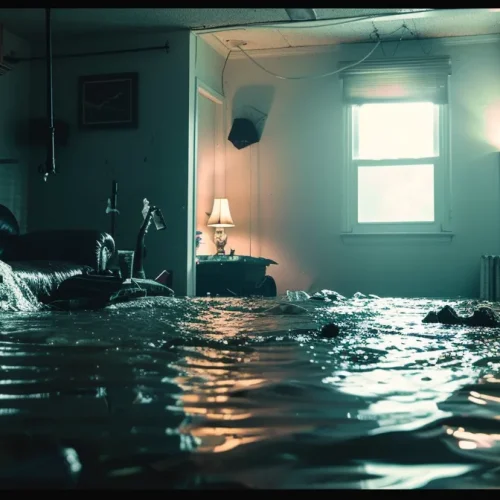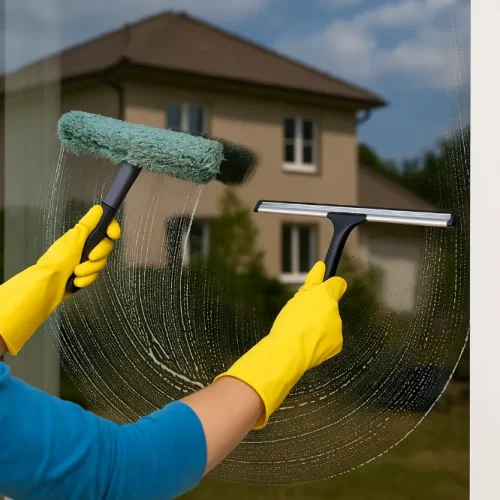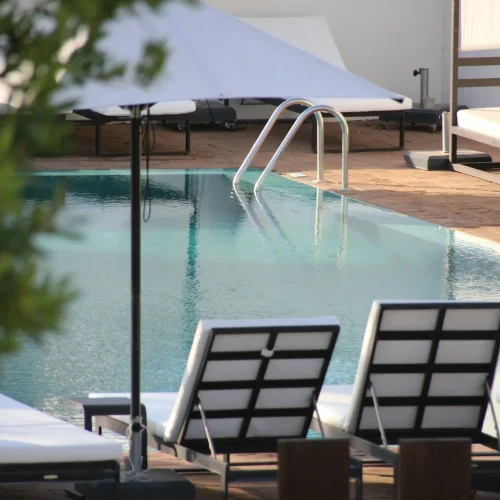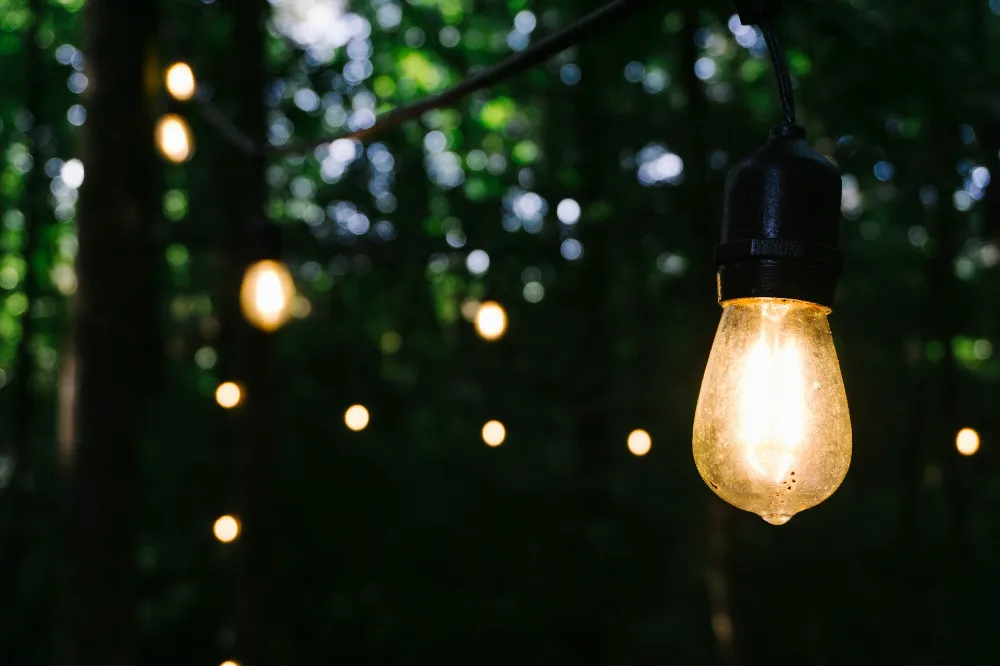
On a warm evening, you flip on the garden lights, ready to unwind. Within minutes, a cloud of moths and midges flutters toward the glow. It feels like they appear out of nowhere, but there’s science behind it. Many insects use the moon as a natural compass to navigate at night — and bright outdoor lights throw that system into chaos. They mistake your fixtures for a celestial cue, circling endlessly in confusion.
Your lighting setup might be doing more than illuminating your patio; it could be creating a glowing trap. The color, brightness, and placement of your lights all play a role in how attractive they are to insects. The good news? A few smart adjustments can keep your evenings peaceful without dimming the beauty of your space.
The Science Behind Why Insects Love Light
Insects aren’t just randomly drawn to your porch lamp — they’re guided by instinct. Most flying insects navigate using natural light sources such as the moon, a behavior known as positive phototaxis. It keeps them flying in straight, predictable paths. But when artificial light enters the scene, that same instinct backfires. The closer and brighter the light, the stronger the pull.
Instead of following the moon, they spiral toward the nearest bulb, mistaking it for their natural guide. This is why moths and beetles often circle until exhaustion. Even lights far from your seating area can lure insects into your yard. If you’re seeing more activity than usual, your fixtures might be the cause — not your landscaping. For persistent infestations, you might want to contact LaJaunie’s Pest Control for a quick inspection and expert advice.
Light Color and Temperature Make All the Difference
Not all lights attract insects the same way. The color temperature — how “warm” or “cool” a light appears — plays a huge role. Cooler white and blue lights mimic daylight, which insects find irresistible. Warm amber or yellow tones, on the other hand, are far less interesting to them. It’s why a cozy string of golden patio bulbs often draws fewer bugs than bright white floodlights.
The type of bulb also matters. Traditional incandescent and halogen bulbs emit broad spectrums heavy in ultraviolet and blue wavelengths, both strong insect attractants. LEDs, especially those with a warm temperature rating below 3,000K, give off less UV and waste less energy. Pest experts like Native Pest Management often recommend making this simple switch — it reduces bug activity, trims your energy bill, and helps keep your outdoor lighting more eco-friendly.
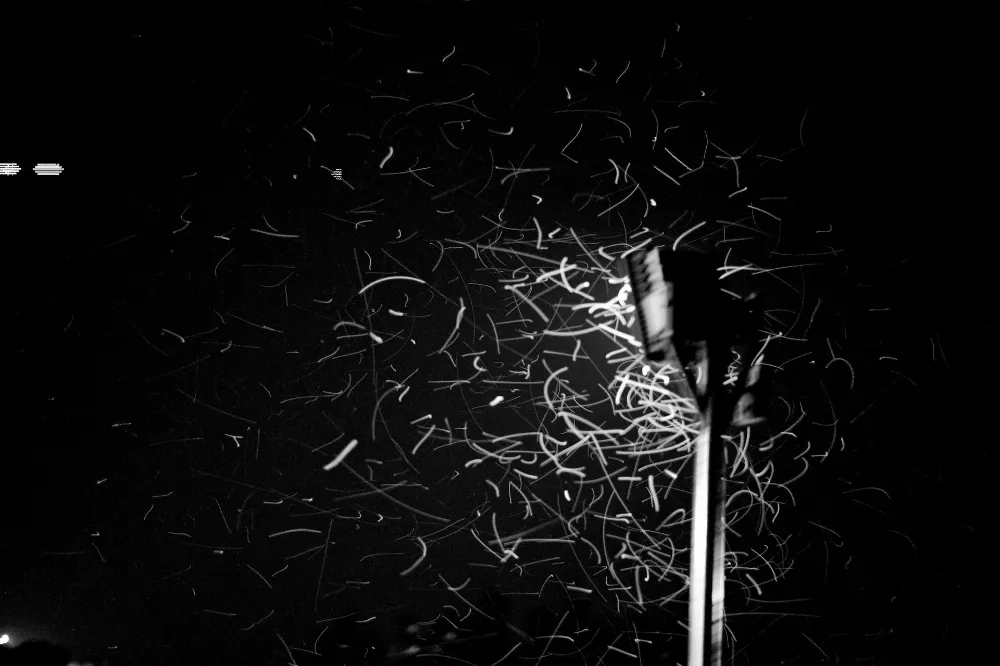
Design and Placement Mistakes That Invite Bugs
Even the best bulb can’t save your setup if the lighting design itself encourages insect activity. Here are some of the most common mistakes that turn your outdoor space into a bug magnet:
Overlighting the Space
Too much brightness doesn’t improve visibility — it overwhelms it. Excessive light acts like a glowing billboard for flying insects, visible from far beyond your yard. A softer, layered approach with pathway, accent, and task lighting gives you control and creates a calmer atmosphere.
Positioning Lights Near Doors and Windows
Placing lights close to entry points is an open invitation. Bugs gather around these warm, bright areas, then slip inside when doors open. Keeping fixtures farther from entrances and using motion sensors helps reduce this flow.
Using Reflective Surfaces and Water Features
Glass, polished metal, and water amplify light. Their reflections scatter brightness in unpredictable ways, confusing insects and drawing them closer. Positioning fixtures away from reflective surfaces — or using downward-facing shields — can make a noticeable difference.
Ignoring Fixture Shields or Covers
Uncovered bulbs spread light in every direction, including upward where it serves no purpose. Shielded fixtures focus illumination exactly where you need it, cutting glare, saving energy, and making your space less appealing to bugs.
Smarter Design Strategies to Minimize Insects
Reducing insect activity doesn’t mean giving up on beautiful outdoor lighting. A few strategic choices can keep your space inviting while cutting down on unwanted visitors.
Choose the Right Color Temperature
Stick to bulbs rated 3,000K or lower. These warmer tones produce less blue light, which is what most insects find irresistible. Soft amber or yellow lighting feels cozy to humans yet stays under the radar for bugs.
Shield and Direct Your Fixtures
Opt for downward-facing lights or those with built-in shields. They focus illumination where it’s needed — on walkways, seating areas, and plants — instead of scattering light into the sky or surrounding foliage. That not only reduces glare but also minimizes the area insects can detect.
Incorporate Motion Sensors and Timers
Lights that run all night act like a never-ending insect beacon. Motion sensors and timers help limit exposure to when lighting is actually needed. You’ll save energy, extend bulb life, and enjoy a calmer atmosphere once the constant glow fades away.
Balancing Beauty, Efficiency, and Practicality
Outdoor lighting should feel magical, not high-maintenance. You can create a warm, bug-free atmosphere without sacrificing looks or energy efficiency. The key is balance — blending aesthetics with smart design choices.
Warm-toned LED fixtures are a great place to start. They use a fraction of the energy of traditional bulbs and attract fewer insects. Add dimmers or timers to control brightness based on mood or time of day. For an eco-friendly touch, consider solar-powered path lights that store energy during the day and cast a gentle glow at night.
Layer your lighting thoughtfully: wall sconces for accent, path lights for safety, and soft uplighting for trees or garden features. This combination creates depth and ambiance without overwhelming brightness. When each fixture has a purpose, your outdoor space becomes not only more comfortable but also more efficient and visually refined.
A Better Way to Light the Night
Good lighting should invite people, not pests. When you understand how insects respond to color, brightness, and placement, you gain control over your outdoor environment. The simple act of switching to warm LEDs or adjusting fixture angles can turn chaotic nights into peaceful evenings.
Thoughtful design isn’t just about what looks good — it’s about what feels good. When your lighting works in harmony with nature, you’ll notice the difference right away: fewer bugs, lower bills, and a more enjoyable space. Your patio should glow softly under the stars, not buzz with confusion. With a few smart choices, it finally can.


